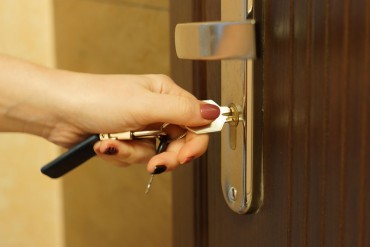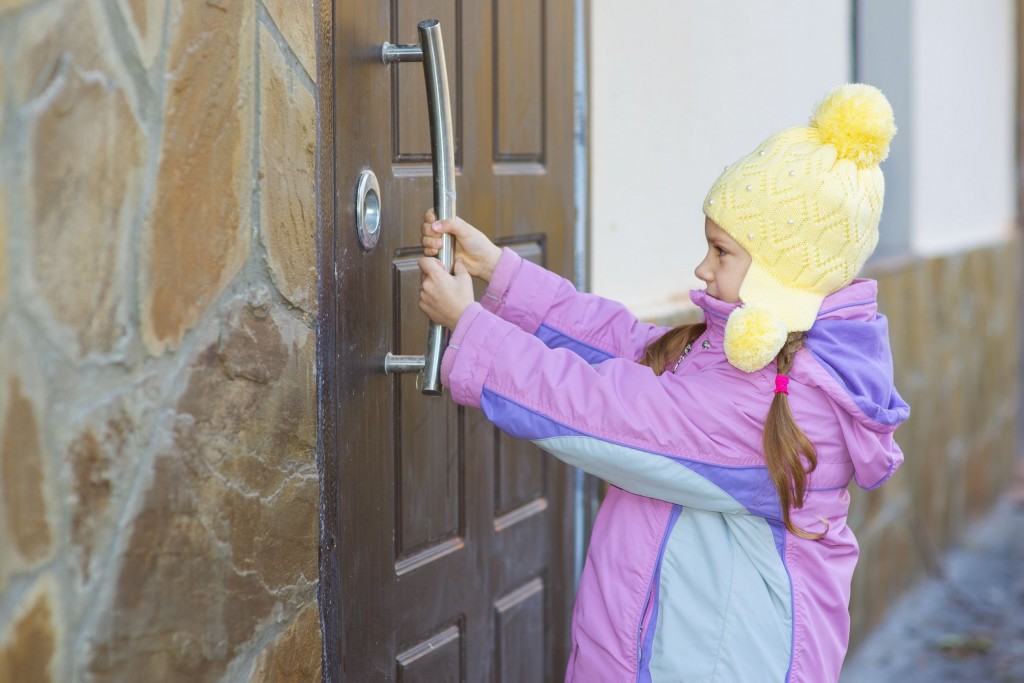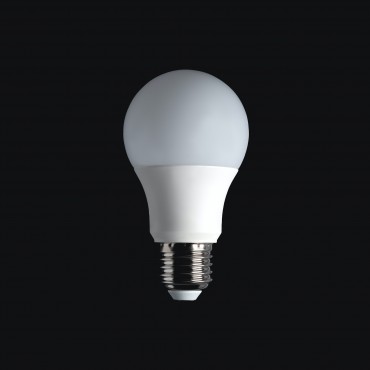Is your spouse nagging you to fix that sticky door handle? Need to find out what exactly the problem is? Is it a home door lock or a car door lock? If it’s your car door lock, it could be the actuator. Wait, what? What does door lock actuator do? Depending on the list you’ve been given by your spouse, we’ll discuss 4 types of door locks and about repairing them.
Tell Me More About This Actuator Thing
Well, it’s basically the mechanism that locks and unlocks your car doors. The actuator comprises an electric motor, gears and cables/links, and one is mounted inside each car door. If your car door is giving issues, the actuator could be the problem. Circuits wear out, dirt collects in the gears or the motor could have failed.
To test if your actuator is faulty, test all methods of locking your car. Sometimes simply replacing the batteries in your key fob works. If the lock button on the inside of your car is giving issues, then you might have an actuator problem. Having auto unlocking and locking of your car is a wonderful security feature, so we recommend you get it professionally repaired ASAP. Yes, if you fancy yourself a mechanic, you could probably fix it yourself and save some money, but definitely get it repaired!
The Front Door Lock
Always try and get the same brand of lock that you currently have installed, so you don’t have to make any modifications to your door. Remove the old lock by unscrewing the doorknob on the inside first. You should be able to remove both handles once you have removed the screws. The next step is to remove the piece that goes into the door, the latch.
Using your screwdriver, remove the plate and then the latch. Taking your new latch, replace it in the same gap where the previous latch was. Adjust the latch as necessary to fit the handles in place. Tighten all screws, fix the new plate over the latch, and hey ho, you have a shiny new front door lock! Of course, close the door to test if everything fits properly and adjust where necessary.
A Storm Lock Door Lock
Storm doors mainly use two different types of locks, namely deadbolts or key plugs. Removing either one is similar to the other, so these tips should help, regardless of which mechanism you have. Located on the door facing the inside of your house, should be a set of screws that you can remove.
Using both hands, remove the two handles on either side of the door. The next step is removing the plate on the side of the door, holding the deadbolt or latch in place. Once that’s done, remove the insides of the lock inside the door. Again, make sure you have purchased the same or very similar replacement lock, to avoid having to make changes to your door. Installation of your replacement lock is pretty much the opposite of how you removed it.
A lot of deadbolts have the word “UP” inscribed on the inner part, so follow that instruction. Just don’t tighten any of the screws until you’ve made sure all the holes are aligned. This includes the one in the door jamb. Once you’re happy, tighten everything up.
Sliding Door Lock
Most reported break-ins happen through weak sliding doors. But you don’t have to replace the entire door, when the lock can either be realigned or replaced. First, identify what the problem is by checking if the plate and latch line up. If not, do the adjustments, apply some lubricant and see if that works. If not, it’s time to replace.
Unscrew the screws on the interior of the door, as well as the plate on the side. Now remove the latch. If you’re installing the same model latch (recommended), simply insert the new latch, attach all screws and plate and check that everything works. If you are using a different lock, mark the spots with a pencil, where the latch and door jamb meet. Make holes for the plate screws, insert new latch and plate. Check everything lines up and tighten all screws.
Now that you have replaced your locks, make sure you toss all the old keys to make sure you don’t mix them up with the new ones. And there you have it! Four tips to fixing the door lock on your ‘honey do’ list!


























































Comments